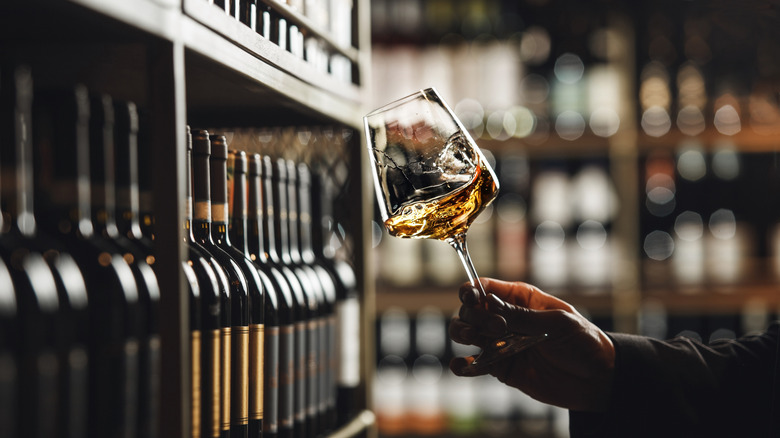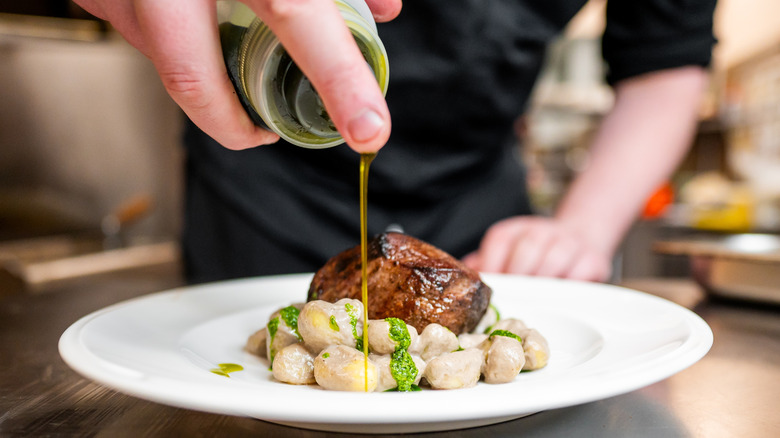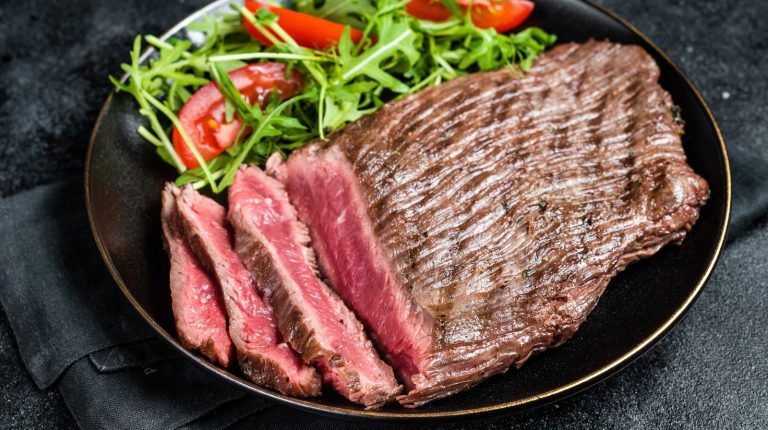Wine and olive oil are two indisputable kitchen workhorses. A mainstay of pretty much every Western cuisine (especially in Europe), they’re likely frequent features of your shopping list. While you’re probably familiar with the intricacies of shopping for wine — taking into careful consideration things like vintages, regions, and grape varieties, you probably don’t put quite as much thought into what olive oil you buy. But you should, because choosing the right olive oil is more similar to picking the right wine than you might expect.
For one, both are an exercise in decoding labels. There’s an art to reading wine labels, and just as they’ll give you all you need to know when it comes to things like where a particular variety was grown (a Pinot Grigio from South Africa, for example) and importantly, when it was grown, oil’s labels can similarly tell you important info about its provenance — and whether or not it’s any good. When buying olive oil, pay attention to where the olives were harvested — Tuscan oils, for example, are usually a good bet — as well as when the oil was processed. These, along with special certifications (like PDO, or Protected Designation of Origin) can help you make sure the oil you’re buying is fresh and high quality. For the absolute best quality oil, look for those labeled as “extra virgin” — these are the oils that have been harvested at the peak of their freshness, and processed without chemicals or heat treating, using a cold press method that preserves the very best of the olives.
Use your senses, and trust your gut
Tasting wine is a crucial part of buying it — if you’re spending good money on a bottle or buying a whole case, you probably want to make sure you like what you’re getting. When assessing the quality of a wine, you’ll often look for things like aroma, complexity, and color — and the same applies for olive oil. In fact, you can apply similar rules and techniques for tasting both.
A good wine will have a great balance of tannins, sweetness, depth and acidity. You’ll usually pour out a small amount and sip it slowly, swirling it around in your mouth to pick up all the little intricacies in its flavor. The same goes when tasting olive oil — albeit with a little twist. Like with wine, you’ll want to trust your nose — give your oil a good sniff. High-quality, fresh olive oils will have a clean, grassy smell. While wine is usually kept below room temperature, to get the best out of your olive oil, you’ll want it a little warmer, so pour it out and hold your tasting glass in your hands to bring it up to temperature, and go in for a sip. Watch out for qualities like viscosity, brightness, and whether the oil is particularly bitter or not — like wine, it’s really up to your taste what you get, but ideally you’ll get one that is nicely balanced. You’re looking for a nice freshness with a slightly peppery, almost spicy finish.
Take into consideration what you’ll be using your oil for
You can’t think about wine without thinking about wine pairings — wine and food is a match made in heaven, after all. It’s one of the many complexities of wine buying — you don’t only have to think about what you’ll enjoy drinking, but often, it’s worth considering what you’ll be drinking it with! For example, a dry white wine will pair well with different dishes compared to, say, a bold tannic red. The same principle applies with olive oil — picking the oil with the right characteristics can totally change the final flavor of your dish, and the right drizzle can take a good dish to the stratosphere.
When picking the right type of olive oil, consider things like intensity. For light salad dressings or dipping (in combination with a great aged balsamic) for example, opt for an oil with a more delicate flavor profile, and a subtle, buttery finish, which will complement the natural flavors of produce, rather than overwhelming them. Bolder, bigger flavors, on the other hand, will pair better with similarly bold dishes — an olive oil with a more intense peppery flavor will go nicely with dishes like steak or braised meats like lamb shank. Consider, too, whether you’ll be cooking with your oil or not. While it’s a myth that you can’t fry in olive oil, a delicious bottle of extra virgin olive oil might not be the best choice — instead, save it for drizzling and dressings.






